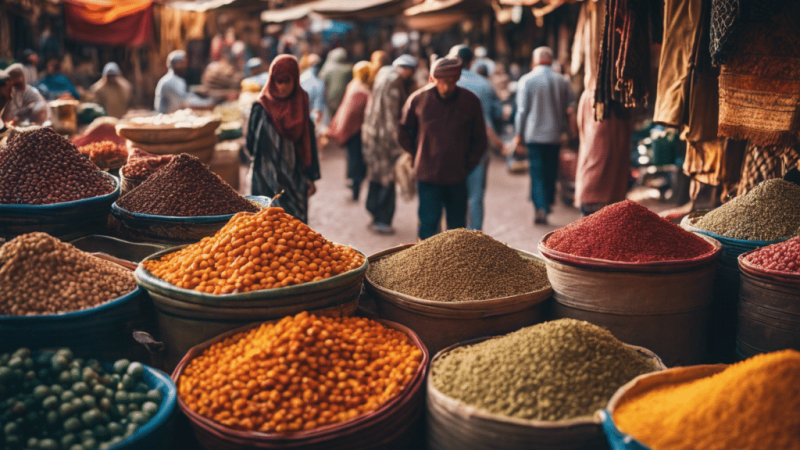Embracing the Journey and Immersing Yourself in Local Culture
In a world dominated by fast-paced schedules and tight deadlines, the concept of slow travel offers a refreshing alternative – a chance to step off the treadmill of modern life and immerse oneself in the rich tapestry of local culture, history, and traditions. Unlike traditional tourism, which often involves rushing from one landmark to the next, slow travel encourages travelers to take their time, savoring each moment and embracing the journey as an integral part of the experience.
At the heart of slow travel is the idea of mindfulness – of being fully present in the moment and attuned to the sights, sounds, and sensations of the world around us. Whether it’s sipping espresso in a quaint Italian cafe, strolling through a bustling market in Marrakech, or watching the sunset over the Mekong River, slow travel encourages us to slow down, take a deep breath, and appreciate the beauty and complexity of life.
One of the key principles of slow travel is spending more time in fewer destinations, allowing travelers to delve deeper into the local culture and forge meaningful connections with the people they encounter along the way. Instead of ticking off a laundry list of tourist attractions, slow travelers prioritize quality over quantity, choosing to linger in one place long enough to truly get to know it – its history, its customs, and its rhythms of daily life.
One of the joys of slow travel is the opportunity to engage with locals on a deeper level, whether it’s striking up a conversation with a shopkeeper in a remote village, joining a traditional cooking class in Thailand, or participating in a traditional tea ceremony in Japan. By immersing ourselves in local culture, we gain a deeper understanding of the world around us and forge connections that transcend language and cultural barriers.
Another hallmark of slow travel is embracing the journey itself – the long train rides, leisurely walks, and spontaneous detours that often lead to unexpected discoveries and unforgettable experiences. Whether it’s exploring hidden alleyways in a medieval town or stumbling upon a hidden waterfall in the jungle, slow travelers embrace the serendipity of travel, allowing themselves to be guided by curiosity and intuition rather than strict itineraries.
Slow travel also encourages a more sustainable approach to tourism, minimizing our environmental impact and supporting local communities in the places we visit. By choosing eco-friendly accommodations, eating at locally-owned restaurants, and supporting artisanal craftspeople, slow travelers can contribute to the preservation of cultural heritage and the protection of natural resources, ensuring that future generations can continue to enjoy the beauty and diversity of our planet.
One of the challenges of slow travel is overcoming the urge to constantly be on the move – to resist the temptation to pack our itineraries with too many activities and destinations. In a world that values productivity and efficiency above all else, slowing down can feel counterintuitive, even uncomfortable at times. However, it is precisely in these moments of stillness and solitude that we often find our greatest moments of clarity, insight, and connection.
The art of slow travel offers a powerful antidote to the frenetic pace of modern life, inviting us to slow down, savor the moment, and embrace the journey as an integral part of the experience. By immersing ourselves in the rich tapestry of local culture, forging meaningful connections with the people we meet along the way, and embracing the serendipity of travel, we can unlock a world of beauty, wonder, and possibility. So the next time you embark on a journey, consider taking the slow road – you may be surprised at the treasures you find along the way.


